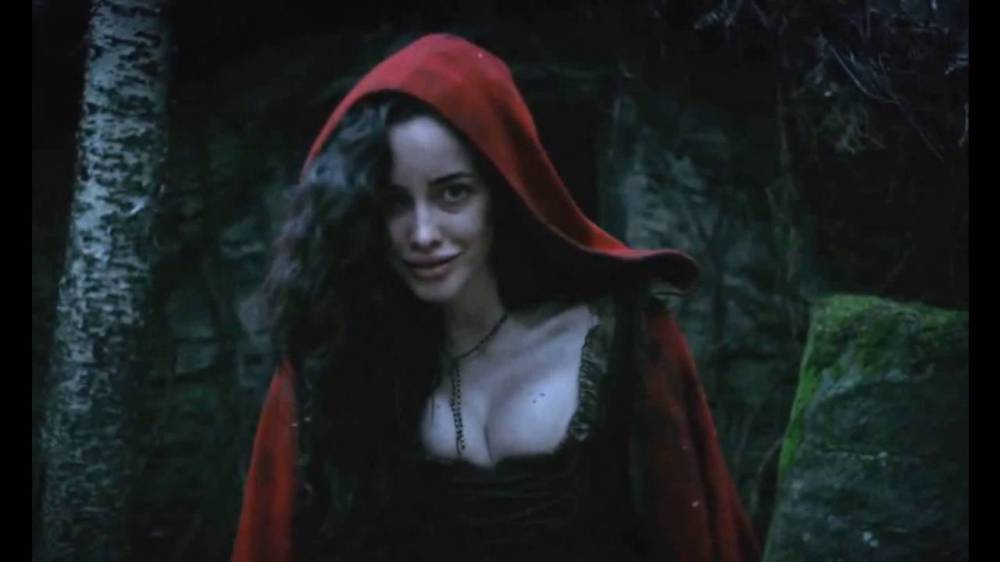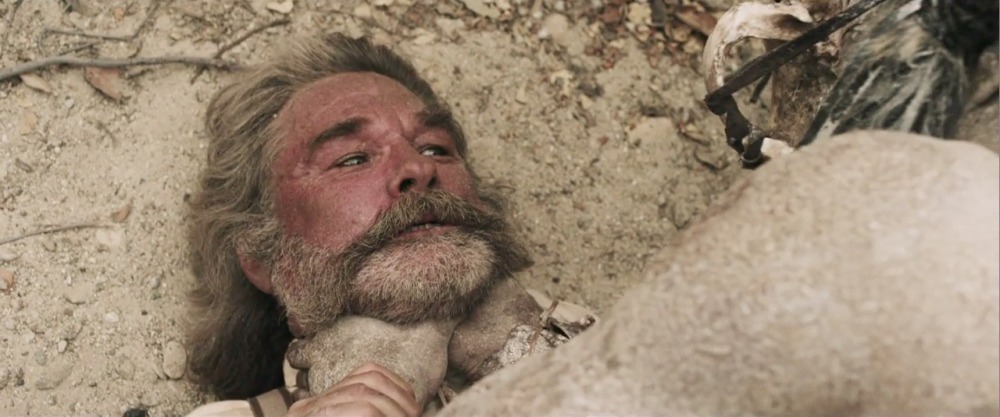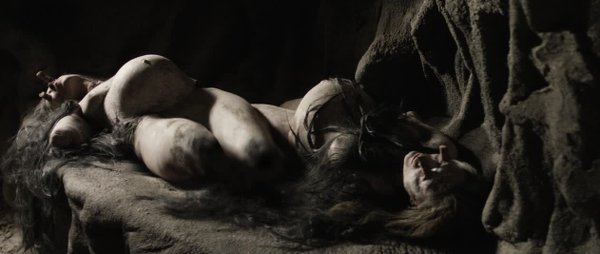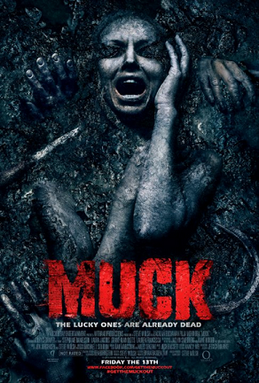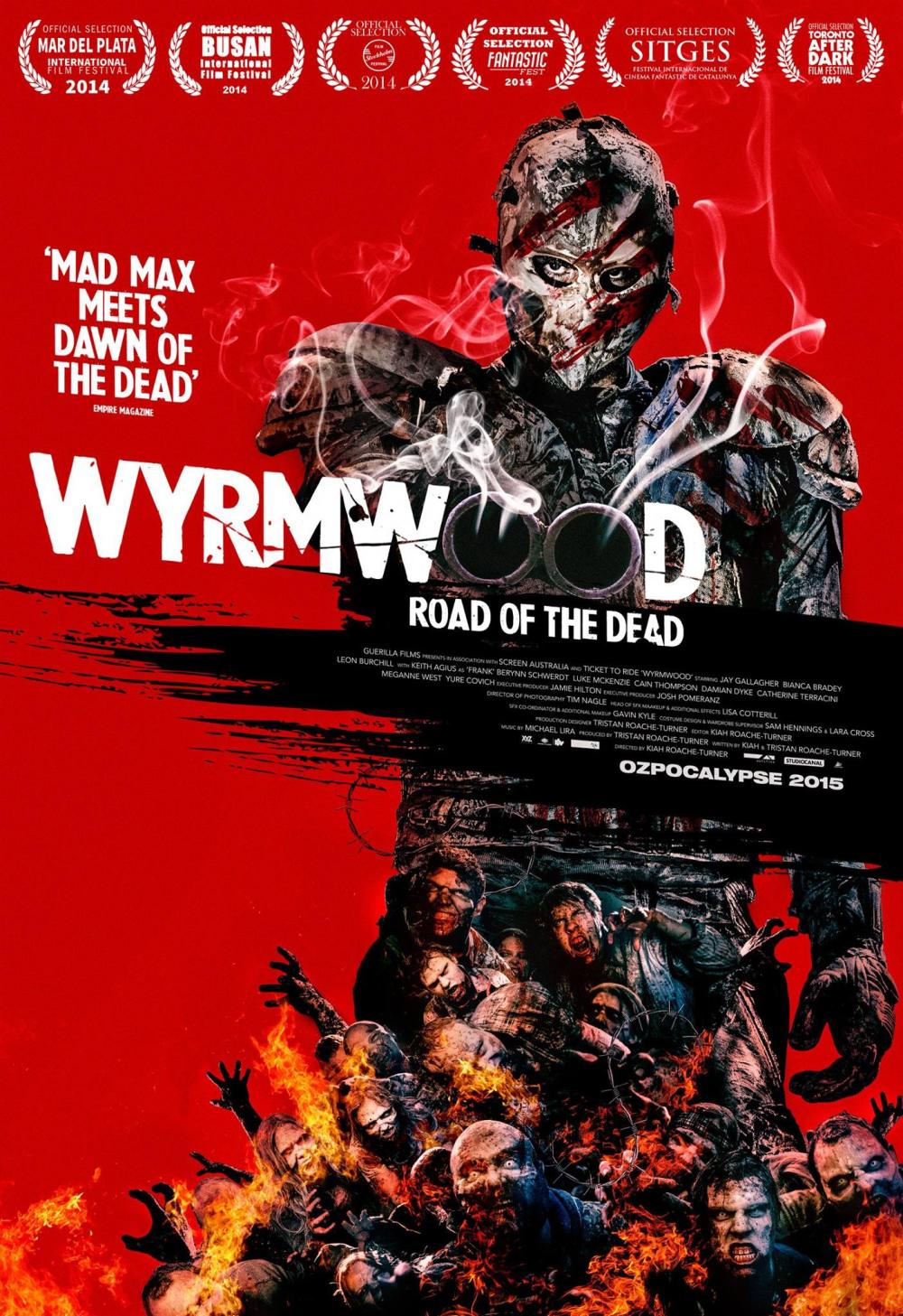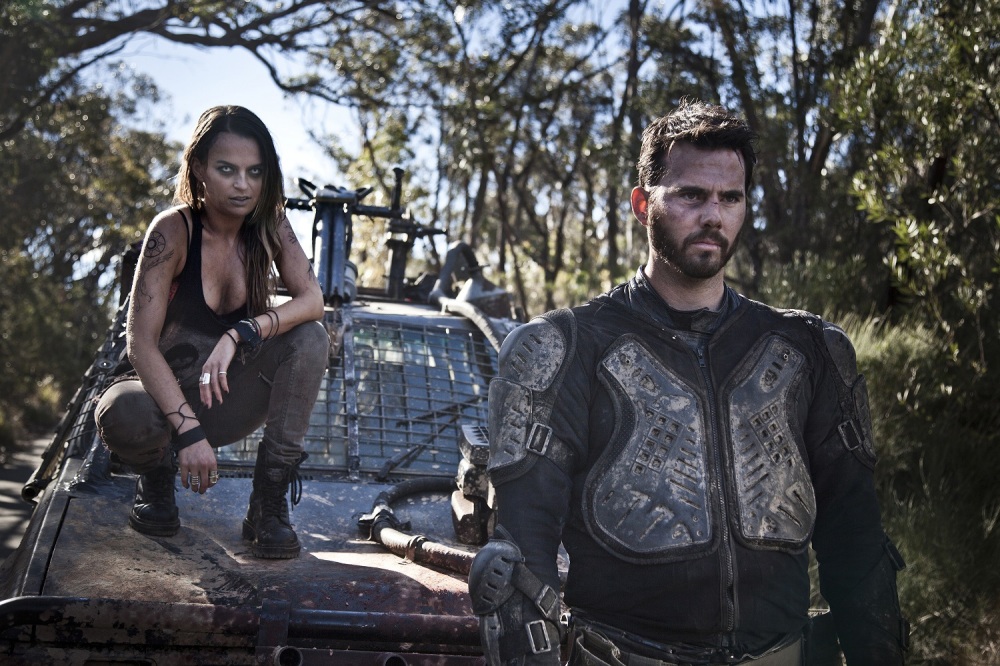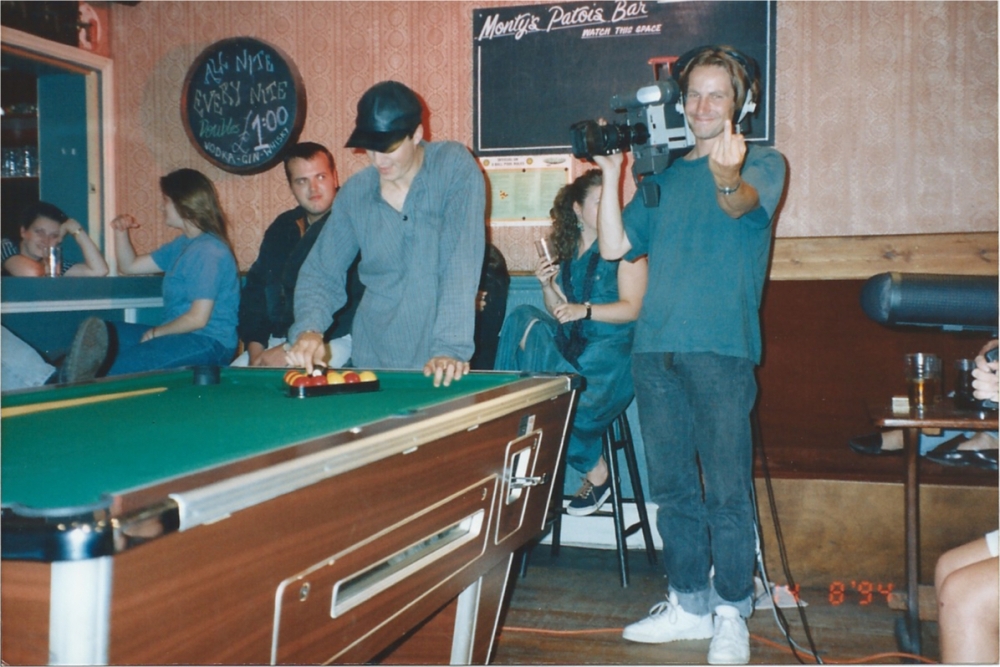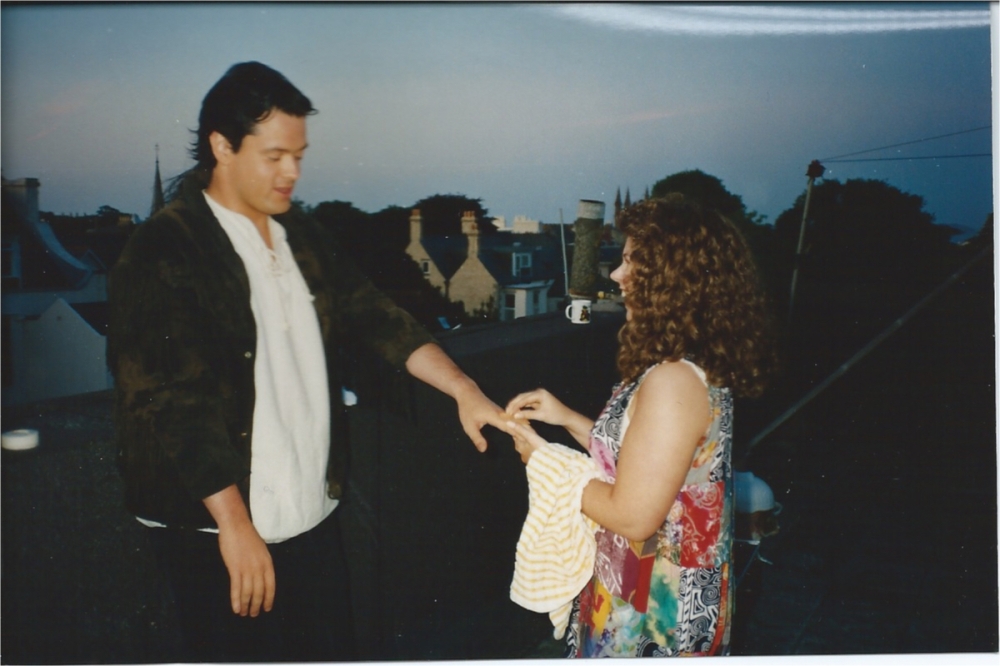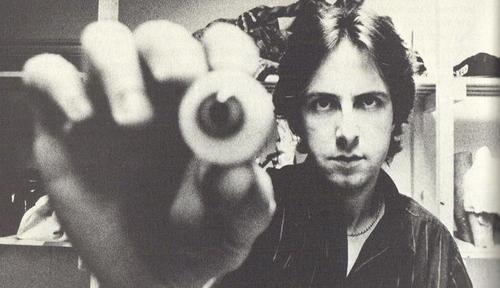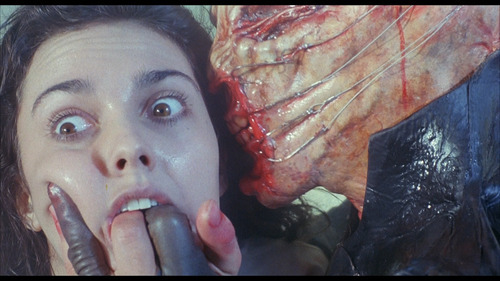
Why are there so few good werewolf movies?
No, seriously, think about it.
I know, you’re saying, ‘What about An American Werewolf in London?’ So yes, American Werewolf in London is a great movie.
But how many others can you come up with?
Or put it a different way, think about great vampire films: you might cite Interview With The Vampire, Lost Boys, Salem’s Lot; Near Dark, Bram Stoker’s Dracula, From Dusk Till Dawn, Thirty Days of Night; Blade; or if your taste is more contemporary, Let The Right One In, A Girl Walks Home Alone At Night, Byzantium, or Thirst.
Can you make a list anything like as long for classic werewolf films?
I can’t.
So before I go through the ones that would make my list, let’s examine the ways and extent to which Hollywood changed and refined the old European myths into what we now think of as a ‘werewolf’.
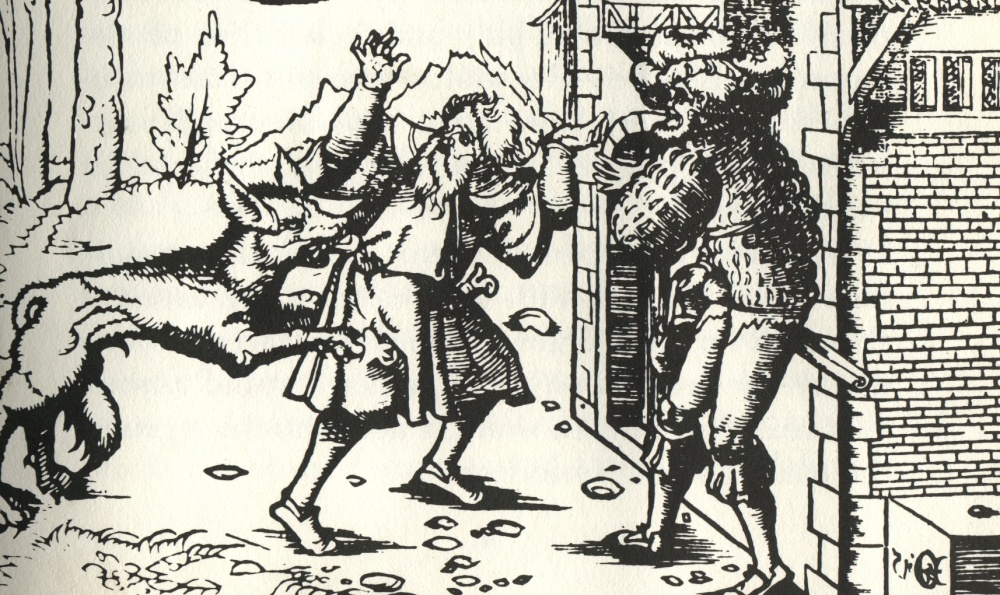
Being bitten
….was never anything to do with it in the original legends.
The Hollywood idea of contagious lycanthropy never made much sense to me, on two fronts: firstly, as a werewolf, why would you want to turn your victim, someone who would presumably hold a considerable grudge against you, into a monster exactly as powerful as you? Secondly, if a werewolf bite automatically turns the victim into a werewolf themselves, then logically, over time, the entire human population would end up being converted. And then werewolf would just mean ‘ordinary person’.
Now there’s an idea for a film….
Anyway, in medieval European folklore, there were a number of ways to become a werewolf and none of them had anything to do with being bitten by another werewolf:
- Probably the simplest was to get naked and put on a wolf-skin or even just a belt made of wolf-skin (no laughing at the back!)
- Or you could apply a magic salve which would then transform you (said salve was usually to be obtained from the Devil)
- Or you could drink rainwater out of the footprint of a wolf
- Or, if you were Swedish, you could do it by drinking a mug of specially-prepared beer (I’m not making this up)
- If you were French, you could become a loup-garou by sleeping outside on a summer night with the full moon shining directly on your face.

Being cursed
There is some truth here – going back to ancient Greece, Lycaon was turned into a wolf by Zeus as punishment for murdering his own child.
In the Christian faith, saints occasionally had the power to inflict the curse of lycanthropy: Saint Patrick was supposed to have transformed the Welsh king Vereticus into a wolf.
But it was never curses from gypsies or witches (witches were actually commonly linked with werewolves and the hysteria, folklore, and trials often became intermingled).

Full Moon
Nope, your lycanthrope of legend was a shape-shifter, able to transform at will, not only at specific times.
Silver
No connection here, either; the werewolves of the original myths had no special vulnerability to silver.
It is perhaps testament to how fully the Hollywood version has taken over our conception of what a werewolf is that the following poem is often quoted as a genuine medieval saying:
‘Even a man who is pure in heart, And says his prayers by night May become a Wolf when the Wolfbane blooms And the autumn Moon is bright’
It isn’t.
It was written by Curt Siodmak, the script-writer of, The Wolf Man.
And speaking of that, let’s get onto that list….

The Wolf Man (1941)
You have to love the original classic, right? This wasn’t actually Paramount’s first werewolf movie; that was Werewolf of London (no connection to the Warren Zevon song), six years earlier, but Wolf Man was the one everyone remembers and rightly so.
As well as Lon Chaney Junior’s epic tortured performance as Larry Talbot, this film introduced several of the movie conventions mentioned above – infection by bite and vulnerability to silver.
The four sequels were largely forgettable but this first one remains the Grand-daddy of werewolf flicks.

The Curse of the Werewolf (1961)
The British Hammer classic and Oliver Reed’s first credited film appearance.
The action moves from Wales (in the Wolf Man) to Spain, where strapping young vineyard worker Leon (Reed) is the titular lycanthrope, cursed for being born out of wedlock on Christmas Day (bit harsh).
A large amount of the success of the film must be attributed to Reed’s brooding screen presence – it is also worth noting how much make-up effects had progressed in the two decades since the original.

The Howling (1981)
Probably my favourite werewolf movie and fully-deserving of its cult status.
Bringing werewolf mythology sharply into a contemporary setting, the film starts in a porn theatre and swiftly follows traumatised heroine, reporter Karen White to the secluded resort of eccentric therapist, Dr. George Waggner.
Which turns out to be a werewolf colony. Bummer.
The Howling ticks a lot of my personal boxes, in that I like my werewolves bipedal and long-faced (as opposed to quadrupedal and/or flat-faced).
Don’t judge me!
Also, the Howling’s werewolves are massive; tall, shaggy, imposing beasts that tower over their human prey.
They are also something subtly new in the movies – werewolves who want to be werewolves (rather than feeling cursed or damned). These guys wouldn’t have it any other way!
The transformation effects were also revolutionary for the time – Eddie Quist’s face starts to bubble like pea soup before sharply jutting out as his snout emerges, and his body grows….
The one negative point is the design of Karen’s final were-form – for reasons unknown, she transforms into what can only be described as a were-Ewok (who is rightly then put out of her misery by colleague Chris).
But never mind, immediately after that, we get werewolf colony nymphomaniac Marcia Quist, alive and well, and ordering her steak rare….

An American Werewolf in London (1981)
1981 was a good year for werewolf films – as well as these two, there was The Wolfen (a far better book than film, but still).
Another cult classic, An American Werewolf in London gives us a transformation to rival the Howling, as new werewolf David painfully and dramatically changes on the floor of girlfriend Alex’s flat. The fully-transformed beast is pretty impressive too.
There is gore aplenty, a load of cameo’s, and a delicious streak of gallows humour, not least of which in the soundtrack (there are a succession of moon-referencing songs throughout).

Ginger Snaps (2000)
Those clever Canadians really nailed it with this tale of two death-obsessed teenager sisters; Ginger and Brigitte Fitzgerald.
Cleverly paralleling the coming-of-age transformation of Ginger – it is her period that attracts the werewolf that attacks her – with her ongoing transformation into a lycanthrope, the film is full of clever little touches.
For example, the dead werewolf is identified as such….simply because someone notices it had been circumcised.
The sisters, no strangers to horror, know all about werewolves, and try a series of strategies to ’cure’ Ginger, including a silver navel-piercing.
None of it works and predictably a transformed Ginger ends up dying at the hand of her sister, Brigitte.
We get plenty of death, gore, and humour along the way.
Respect also goes to Ginger Snaps 2: Unleashed, and Ginger Snaps Back: the Beginning, two very creditable sequels.

Dog Soldiers (2002)
I remember seeing director Neil Marshall on Film 2001, the year before the film came out, pitching it as ‘soldiers versus werewolves’ and thinking, ‘Yep, you’ve got my six quid, mate, where do I to see this….?’
It didn’t disappoint when it arrived either – powered by the considerable acting talent of Sean Pertwee, Kevin McKidd, and Liam Cunningham, we got a dark tale of six British squaddies running into a predatory pack of lycanthropes in Scotland.
The werewolves are clearly related to the ones in the Howling because they are big lads.
The action is handled well, as is the gore, and there is also an unexpected thread of black humour e.g. Pertwee trying to fight off the small dog that is determinedly trying to drag out and eat his innards, like sausages.
Everything ends with a bloody great explosion.
Job done.

Wer (2013)
I’m going to put aside my pedantic concerns that since the ‘Were’ part of ‘Werewolf’ actually means, ‘Man’, this is a film about a werewolf, called ‘Human’……because this is really very good.
Shot in a faux-documentary style, the film cleverly walks the line between a supernatural and a mundane conception of a werewolf. Is accused murder suspect Talan Gwynek suffering from porphyria or something more?
It’s something more, needless to say.
The faux-documentary style works particularly nicely when a rampaging Gwynek starts working his way through an armed police response team.
The denouement is nicely handled with an appropriately open-ended conclusion.


